





Ideasoft to Sana commerce
Migrating your store from Ideasoft to Sana commerce might seem daunting, but with proper planning and the right tools, it's a smooth process. Follow this step-by-step guide to ensure a successful transition.
Schedule a call
Step-by-Step Migration Guide: IdeaSoft to Sana Commerce Migration Guide
Step 1: Preparing for Migration
In this initial step, we will assess the existing IdeaSoft setup and prepare for a smooth transition to Sana Commerce by identifying all necessary data, including products, customer information, and order histories.
Step 2: Exporting Data from IdeaSoft
In this step, we will focus on exporting all necessary data from the IdeaSoft platform into a compatible format for importing into Sana Commerce.
Step 3: Setting Up Sana Commerce
In this step, we will set up the Sana Commerce platform, including the necessary configurations to prepare it for data import.
Step 4: Importing Data into Sana Commerce
In this step, we will import the previously exported data into the Sana Commerce platform, ensuring that all records are correctly mapped and functional.
Step 5: Configuring New Features
After importing data, we will configure the unique features of Sana Commerce to enhance the functionality of the ecommerce platform.
Step 6: Testing and Quality Assurance
In this step, we will conduct comprehensive testing to ensure the migrated site functions correctly and provides a seamless user experience.
Step 7: Launching Your New Sana Commerce Store
In this final preparatory step, we will officially launch the new Sana Commerce store and monitor its performance closely in the initial days.
Power Your Step - Get in Touch
Ready to make your migration a success? Contact us at PowerCommerce for expert support and guidance.
Step 1: Preparing for Migration
Before diving into the migration process, it is crucial for us to prepare thoroughly. This preparation phase involves several critical tasks that ensure a seamless transition from IdeaSoft to Sana Commerce.
First, we need to conduct a comprehensive audit of the existing IdeaSoft setup. This includes reviewing current products, categories, customer information, and order histories. Identifying what data needs to be migrated is essential, as it will dictate the steps we take in the following phases.
- Data Inventory: Compile a list of all data types that need to be migrated. This typically includes:
- Product data (names, descriptions, prices, SKUs)
- Customer data (contact information, order history)
- Order data (order statuses, transaction histories)
- Content data (blog posts, pages, images)
- Backup Data: Create a complete backup of the IdeaSoft database to ensure that we have a secure copy in case of any issues during migration.
- Evaluate Third-Party Integrations: Identify any third-party tools or integrations currently in use that may require reconfiguration or replacement on the new platform.
- Define Migration Goals: Set clear objectives for the migration to ensure that the process aligns with business goals. Consider aspects such as downtime minimization, feature enhancement, and user experience improvements.
By completing these preparatory tasks, we set the stage for a smoother migration process that minimizes disruptions and maximizes data integrity.
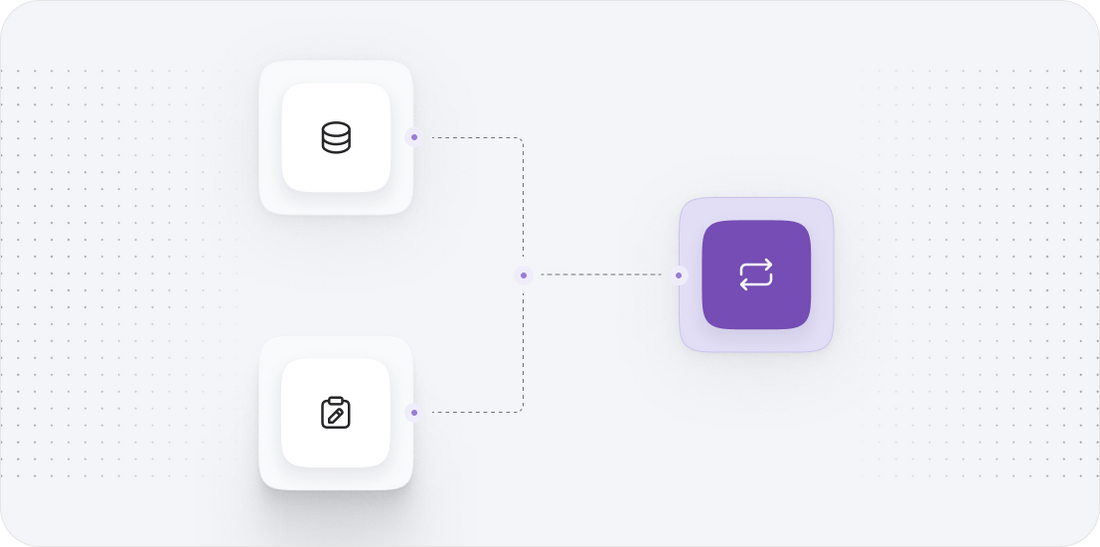
Step 2: Exporting Data from IdeaSoft
Once we have prepared for migration and identified what data needs to be transferred, the next step is to export this data from the IdeaSoft platform. This involves several key activities to ensure that all relevant information is captured accurately.
To begin, we will utilize the export functionality available in IdeaSoft to extract the data. It is essential to follow these steps:
- Log into IdeaSoft: Access the admin dashboard of your IdeaSoft account.
- Navigate to Data Export Tools: Locate the section dedicated to data exports. This may often be found under settings or tools.
- Select Data Types: Choose the specific data types to export. Common selections include:
- Products
- Customers
- Orders
- Content (blog posts, pages)
- Export the Data: Choose a compatible file format for exporting, such as CSV or XML, as these formats are typically well-supported by Sana Commerce.
- Verify Exported Data: Once the export is complete, download the files and verify that all necessary data has been captured accurately. Check for completeness and any discrepancies.
By following this structured approach, we ensure that all critical data from IdeaSoft is correctly exported, laying the groundwork for a successful import into Sana Commerce.

Step 3: Setting Up Sana Commerce
With the data successfully exported from IdeaSoft, we can now focus on setting up the Sana Commerce platform. This setup is integral to ensuring that the imported data integrates smoothly and functions correctly within the new environment.
To initiate the setup process, we will follow these steps:
- Create a Sana Commerce Account: Sign up for a new account on the Sana Commerce platform, if not already done. Ensure that you select the appropriate plan that aligns with your business needs.
- Configure Store Settings: Access the admin dashboard and configure basic store settings, including:
- Store name and URL
- Payment options
- Shipping methods
- Tax settings
- Customize Store Appearance: Utilize the design tools available within Sana Commerce to customize the storefront. This may include selecting themes, uploading logos, and adjusting layouts to ensure brand consistency.
- Integrate with ERP: If applicable, set up integration with your ERP system to ensure seamless data flow between your ecommerce platform and back-office operations.
- Test Functionality: Before importing data, conduct tests on various functionalities like checkout, payment processing, and user navigation to ensure everything is working as intended.
By meticulously setting up the Sana Commerce platform, we create a robust foundation for importing data and ensure that any potential issues are addressed prior to the migration.
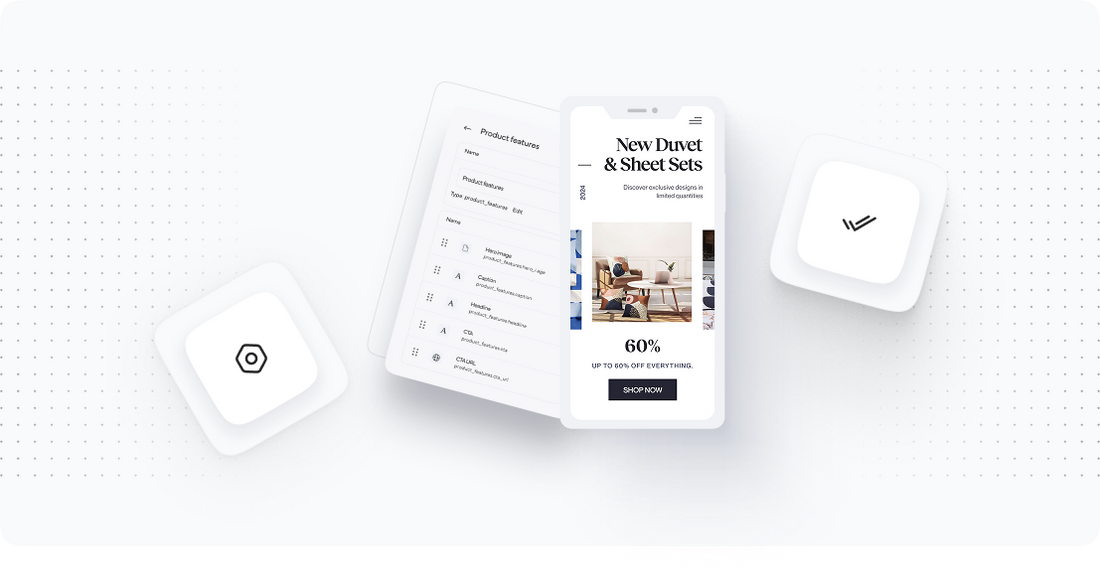
Step 4: Importing Data into Sana Commerce
Once we have set up Sana Commerce, we can move forward with importing the data we exported from IdeaSoft. This phase is crucial as it involves transferring all relevant data into the new platform while ensuring its integrity and functionality.
To execute the data import, we will follow these steps:
- Access Import Tools: Navigate to the data import section of the Sana Commerce admin dashboard.
- Select Import Format: Choose the file format that corresponds to the exported data (e.g., CSV or XML).
- Upload Data Files: Begin uploading the exported data files. It’s advisable to do this in stages (e.g., products first, then customers, followed by orders) to simplify the process.
- Map Data Fields: During the import process, carefully map the fields from the exported files to their corresponding fields in Sana Commerce. This step is crucial for ensuring that data is allocated correctly.
- Perform a Test Import: Conduct a test import with a smaller subset of data to identify any potential issues before executing the full import.
- Review and Confirm: After the test import, review the imported data for accuracy. Check for any discrepancies or errors and make necessary adjustments.
- Execute Full Import: Once satisfied with the test results, proceed with the full data import.
By following these steps, we ensure that all critical data is correctly imported into Sana Commerce, facilitating a smooth transition for our ecommerce operations.
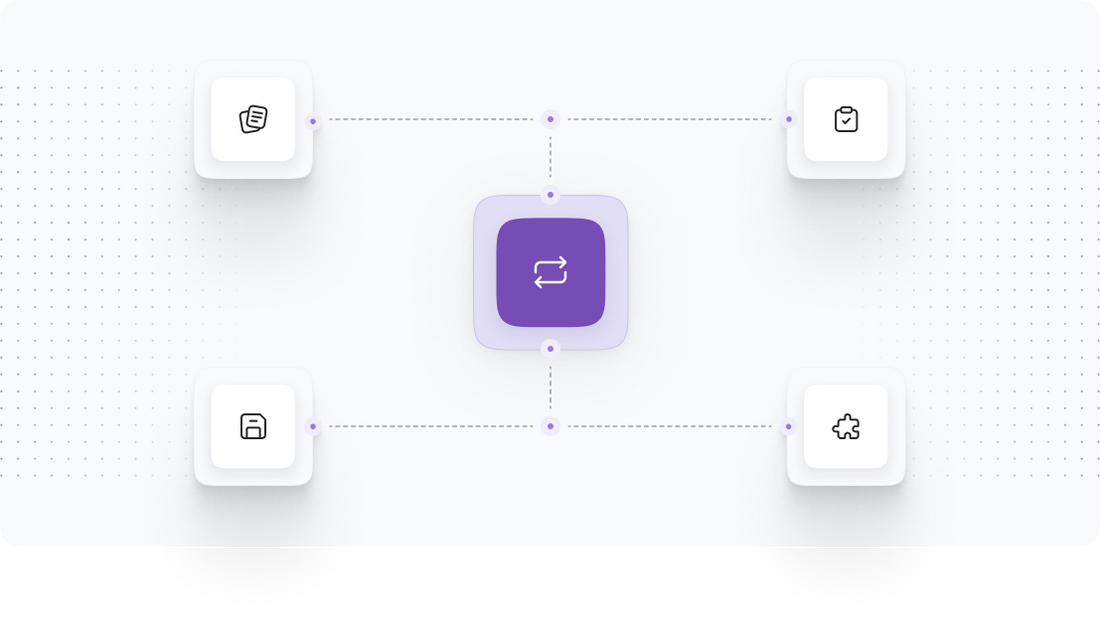
Step 5: Configuring New Features
With all data successfully imported into Sana Commerce, our next focus will be on configuring the platform’s unique features to enhance the overall functionality and user experience. Sana Commerce offers a plethora of features that can significantly benefit our ecommerce operations.
Here’s how we can configure these features:
- Set Up Customer Segmentation: Utilize Sana Commerce’s capabilities to segment customers based on their behavior, preferences, and purchase history to tailor marketing efforts effectively.
- Enable Personalized Recommendations: Configure product recommendation engines that analyze customer behavior to suggest relevant products, enhancing the shopping experience.
- Configure Discounts and Promotions: Set up promotional campaigns and discount rules that can be applied automatically during the checkout process, encouraging customer engagement and boosting sales.
- Implement SEO Best Practices: Optimize product pages and categories for search engines by utilizing Sana Commerce's built-in SEO tools to enhance visibility and attract more traffic.
- Integrate Analytics Tools: Connect analytics tools such as Google Analytics to track performance metrics and customer behavior, providing valuable insights for future strategies.
By configuring these features, we can leverage the full potential of Sana Commerce, ensuring that our ecommerce platform is not only operational but also optimized for performance and user engagement.
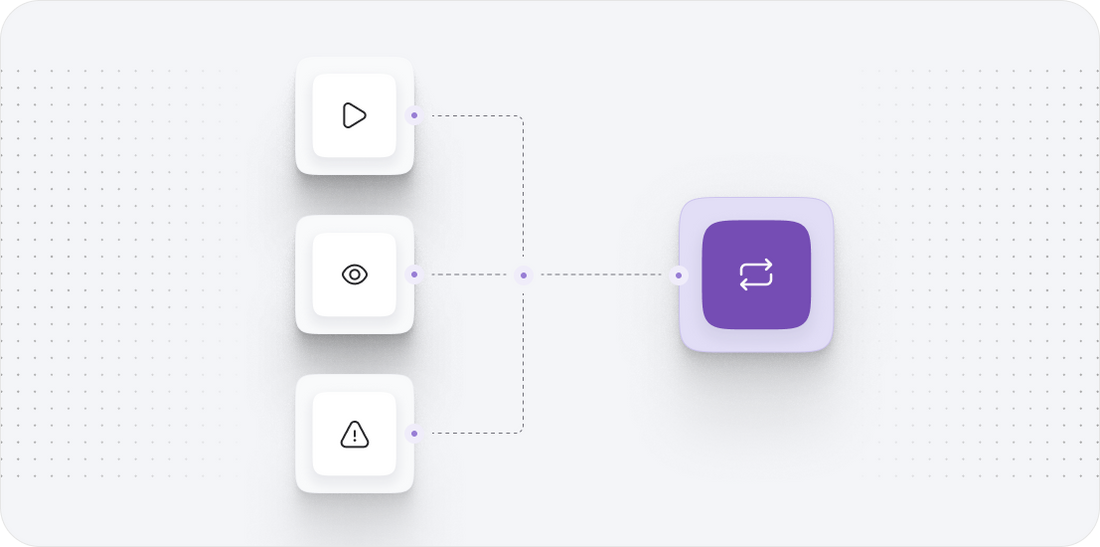
Step 6: Testing and Quality Assurance
After configuring the new features, it is essential to conduct thorough testing and quality assurance to ensure that everything functions as expected. This step is critical to avoid any issues that may affect user experience or sales.
The testing process should include the following:
- Functional Testing: Verify that all functionalities, including product listings, search, checkout, and payment processing, work correctly. Ensure that users can navigate the site without issues.
- Data Validation: Check that all imported data is accurate and complete. This includes verifying product details, customer information, and order histories.
- Performance Testing: Assess the site's performance under various conditions, including high traffic scenarios. Ensure that pages load quickly and efficiently.
- User Acceptance Testing: Invite a group of users to test the platform and provide feedback on their experience. This will help identify any remaining issues from a user perspective.
- Security Testing: Conduct security tests to ensure that all data, especially customer information, is protected. Verify that all security measures are in place and functioning.
By completing rigorous testing and quality assurance, we can ensure that the migrated site is ready for launch and provides an exceptional user experience.
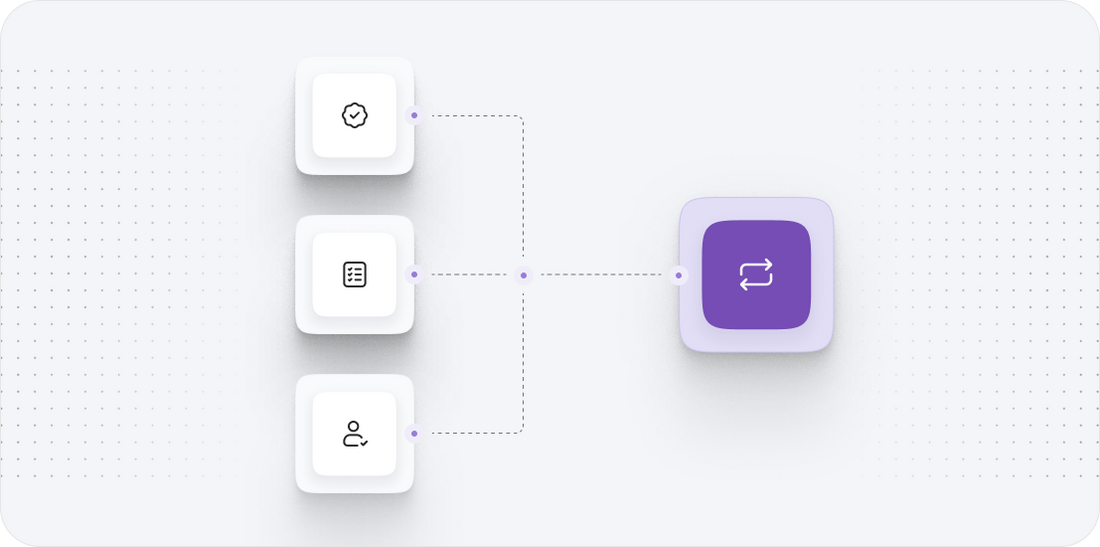
Step 7: Launching Your New Sana Commerce Store
After all testing and configurations have been completed, we are ready to launch the new Sana Commerce store! This is an exciting milestone, but it requires careful execution to ensure a successful launch.
Here are the steps to effectively launch the new store:
- Finalize Launch Date: Choose an optimal date and time for the launch, considering factors such as traffic patterns and potential downtime.
- Notify Stakeholders: Inform all relevant stakeholders, including employees, partners, and customers, about the upcoming launch. Clear communication helps set expectations.
- Go Live: Switch the DNS settings to point to the new Sana Commerce store. This will make the new site accessible to customers.
- Monitor Performance: In the first few days after launch, closely monitor the site’s performance. Keep an eye on traffic, sales, and any issues that may arise.
- Gather Feedback: Encourage customer feedback on their shopping experience. Use this information to make any necessary adjustments and improvements.
With the successful launch of our new Sana Commerce store, we can now focus on driving traffic and increasing sales, while continuously enhancing the user experience based on customer feedback and data insights.

Power Your Step - Get in Touch
Ready to take your ecommerce business to the next level with a seamless migration from IdeaSoft to Sana Commerce? At PowerCommerce, we have the expertise and experience to ensure your transition is smooth and efficient.
Our team is dedicated to providing you with the support you need throughout the entire migration process, from planning and data export to launch and post-launch support.
To get started or to learn more about our services, please contact us:
- Email us at: info@powercommerce.com
- Call us at: 800-099-9090
- Visit our contact page: https://powercommerce.com/contact
Don't leave your ecommerce success to chance--partner with PowerCommerce today!
Stay aligned on what's happening in the commerce world
Trusted by 1000+ innovative companies worldwide
Schedule Your Migration Today
For businesses prioritizing simplicity, scalability, and robust support, Shopify is the clear winner.
Looking to migrate without hassle? Power Commerce can handle the entire process, ensuring smooth data transfer, store setup, and post-launch success.
Marka Marulića 2, Sarajevo, 71000 BiH
00387 60 345 5801
info@powercommerce.com


